
Anse Chastanet: A Tropical Paradise in Saint Lucia
Discover Anse Chastanet in Saint Lucia: A luxurious resort with stunning views, pristine beaches, and endless adventure opportunities in a tropical paradise.
Anse Chastanet is a stunning resort located on the southwestern coast of Saint Lucia. This tropical paradise offers breathtaking views of the iconic Pitons, crystal-clear waters, and lush, green landscapes. The resort itself is nestled within 600 acres of private estate, providing a serene and exclusive escape for travelers seeking both relaxation and adventure. The resort boasts two beautiful beaches, one of which is a designated marine reserve, making it perfect for snorkeling and diving enthusiasts. The vibrant coral reefs teem with marine life, offering a mesmerizing underwater experience. On land, guests can indulge in a variety of activities such as hiking, bird watching, and yoga. For those interested in exploring further, the nearby town of Soufrière offers attractions like the Sulphur Springs and the Diamond Botanical Gardens. Accommodations at Anse Chastanet are designed to immerse guests in the natural beauty of the surroundings. Rooms are open-air and offer stunning views of either the Pitons or the Caribbean Sea. The resort's restaurants serve fresh, locally sourced cuisine, ensuring a delightful culinary experience. Whether you are looking for a romantic getaway, a family vacation, or a solo retreat, Anse Chastanet provides a unique and unforgettable experience.
Local tips in Anse Chastanet
- Book your excursions and activities in advance, as they can fill up quickly, especially during peak seasons.
- Bring reef-safe sunscreen to protect the marine life while enjoying the beautiful underwater world.
- Take a guided tour to explore the nearby Pitons and learn about the local flora and fauna.
- Try the local Creole cuisine at the resort's restaurants for an authentic taste of Saint Lucian flavors.
- Pack light and breathable clothing, as the weather is warm and humid year-round.
Anse Chastanet: A Tropical Paradise in Saint Lucia
Anse Chastanet is a stunning resort located on the southwestern coast of Saint Lucia. This tropical paradise offers breathtaking views of the iconic Pitons, crystal-clear waters, and lush, green landscapes. The resort itself is nestled within 600 acres of private estate, providing a serene and exclusive escape for travelers seeking both relaxation and adventure. The resort boasts two beautiful beaches, one of which is a designated marine reserve, making it perfect for snorkeling and diving enthusiasts. The vibrant coral reefs teem with marine life, offering a mesmerizing underwater experience. On land, guests can indulge in a variety of activities such as hiking, bird watching, and yoga. For those interested in exploring further, the nearby town of Soufrière offers attractions like the Sulphur Springs and the Diamond Botanical Gardens. Accommodations at Anse Chastanet are designed to immerse guests in the natural beauty of the surroundings. Rooms are open-air and offer stunning views of either the Pitons or the Caribbean Sea. The resort's restaurants serve fresh, locally sourced cuisine, ensuring a delightful culinary experience. Whether you are looking for a romantic getaway, a family vacation, or a solo retreat, Anse Chastanet provides a unique and unforgettable experience.
When is the best time to go to Anse Chastanet?
Iconic landmarks you can’t miss
Sandals Grande St. Lucian
Discover the ultimate romantic getaway at Sandals Grande St. Lucian, a luxurious all-inclusive resort with breathtaking ocean views and endless activities.

Sandals Regency La Toc
Experience the essence of luxury and romance at Sandals Regency La Toc, an all-inclusive resort in St. Lucia's breathtaking landscapes.

Pointe Seraphine Cruise Port
Experience the vibrant culture and stunning views at Pointe Seraphine Cruise Port, your gateway to the beauty of St. Lucia.

Soufrière Drive In Volcano
Experience the unique thrill of driving into an active volcano at Soufrière Drive-In Volcano, a natural wonder in St. Lucia famous for its mud baths and sulfur springs.
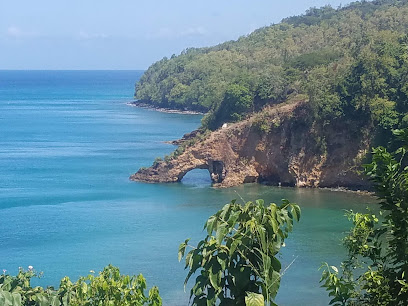
Sugar Beach, a Viceroy Resort
Experience the epitome of luxury and natural beauty at Sugar Beach, a Viceroy Resort, nestled between St. Lucia's iconic Pitons.
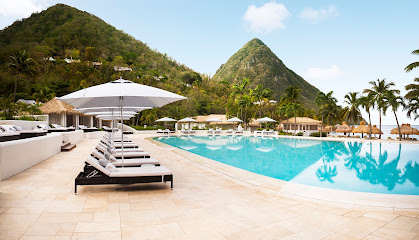
Sandals Halcyon Beach
Discover a luxurious escape at Sandals Halcyon Beach, where pristine shores and romantic experiences await in the heart of St. Lucia.

Diamond Falls Botanical Gardens & Mineral Baths
Explore the stunning Diamond Falls Botanical Gardens & Mineral Baths in St. Lucia, where vibrant flora meets soothing mineral springs in a tropical paradise.

Morne Coubaril Historical Adventure Park
Experience the vibrant culture and thrilling adventures at Morne Coubaril Historical Adventure Park, a top destination for tourists in St. Lucia.
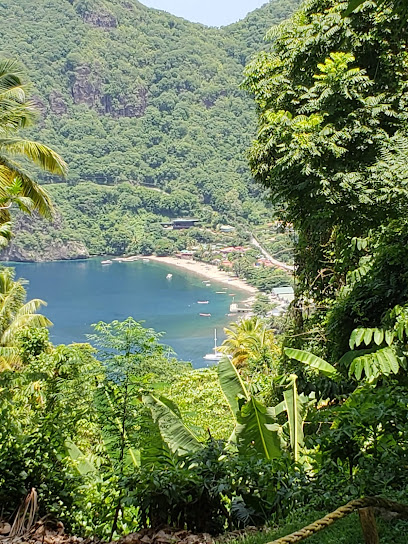
Fond Doux Eco Resort
Discover Fond Doux Eco Resort, where luxury meets sustainability in the heart of St. Lucia's lush landscapes.
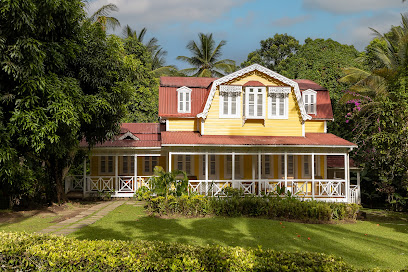
Piton Falls
Experience the serene beauty of Piton Falls in St. Lucia, a hidden gem perfect for nature lovers and adventure seekers alike.

Gros Piton Nature Trail
Experience the breathtaking landscapes and rich biodiversity of Gros Piton Nature Trail, a must-visit hiking destination in St. Lucia.
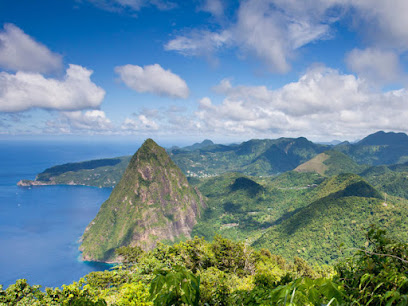
Rudy John Beach Park
Discover the breathtaking beauty of Rudy John Beach Park in St. Lucia, where pristine sands, crystal-clear waters, and vibrant marine life await your exploration.
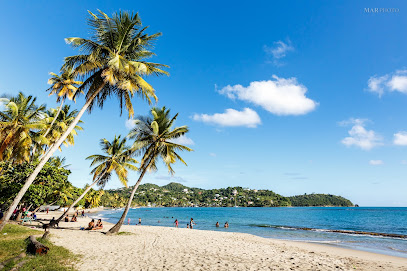
Project Chocolat
Explore the enchanting world of chocolate at Project Chocolat in Saint Lucia, where passion meets craftsmanship in every bite.
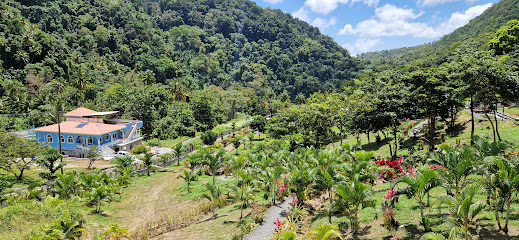
Fort Rodney
Explore the historic Fort Rodney on Pigeon Island, St. Lucia, where captivating history meets stunning Caribbean views.
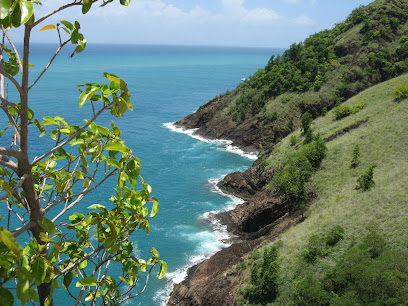
Reduit Beach
Discover the beauty of Reduit Beach, a stunning destination in St. Lucia known for its golden sands, vibrant atmosphere, and exciting water activities.
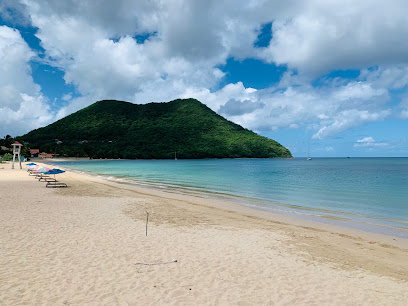
Unmissable attractions to see
Anse Galet Beach
Experience the serene beauty of Anse Galet Beach, a tropical paradise in St. Lucia known for its golden sands and crystal-clear waters.
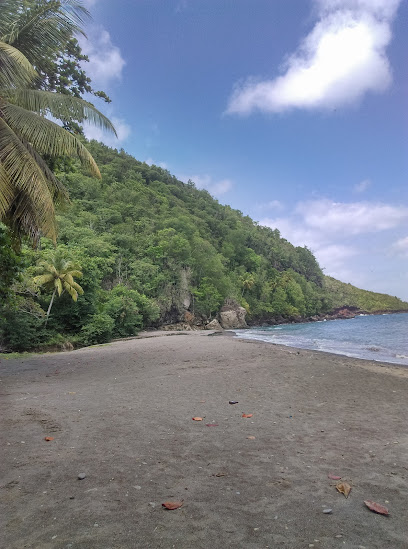
Gros Piton
Discover Gros Piton, a UNESCO World Heritage site in St. Lucia, offering breathtaking views and an unforgettable hiking adventure amidst lush landscapes.

Roseau beach
Discover the serene beauty of Roseau Beach in St. Lucia, a tranquil haven for relaxation, adventure, and local culture amidst stunning Caribbean vistas.
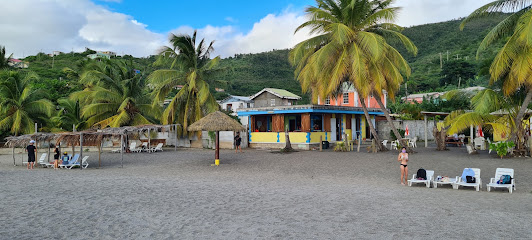
Têt Paul nature trail gift shop
Discover local crafts and the beauty of St. Lucia at Têt Paul Nature Trail Gift Shop—your gateway to nature and culture.
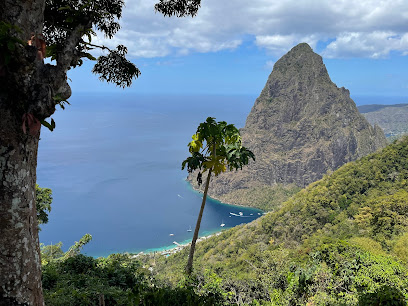
Honeymoon Beach
Discover Honeymoon Beach in St. Lucia – a serene and romantic escape with pristine sands and mesmerizing turquoise waters.

La Haut Waterfall
Explore the captivating beauty of La Haut Waterfall, a tranquil oasis in St. Lucia surrounded by lush landscapes and breathtaking views.
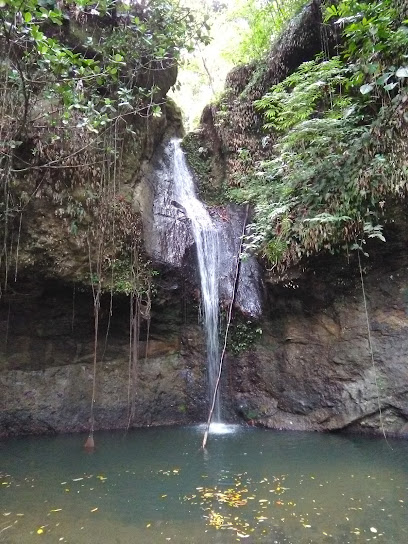
Markets, malls and hidden boutiques
Castries Market
Explore the vibrant Castries Market, where fresh local produce, spices, and handmade crafts come together in a lively Caribbean atmosphere.

Baywalk Shopping Mall
Explore Baywalk Shopping Mall in Rodney Bay, St. Lucia for a vibrant shopping experience with local flavors, diverse shops, and a lively atmosphere.

Jade Mountain Resort
Experience unparalleled luxury and breathtaking views at Jade Mountain Resort, a premier destination in St. Lucia that redefines relaxation and romance.

Gablewoods Shopping Mall
Explore Gablewoods Shopping Mall - St. Lucia's vibrant shopping hub with diverse stores and delightful dining options.
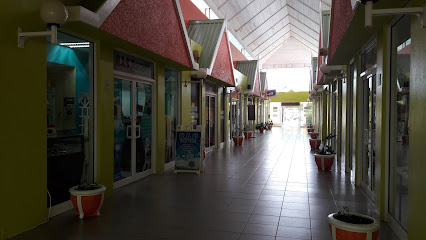
Anse Chastanet
Discover the magical allure of Anse Chastanet, where stunning views, luxury accommodations, and adventure converge in beautiful St. Lucia.

Gros Piton Nature Trail
Discover the breathtaking beauty of Gros Piton Nature Trail, a top hiking destination in St. Lucia, offering stunning views and rich biodiversity.
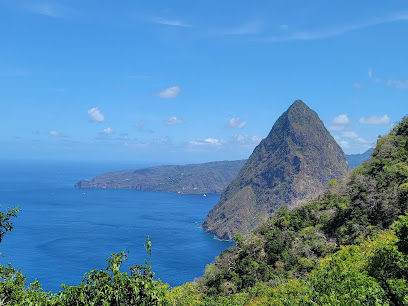
Duty Free Pointe Seraphine Shopping Complex
Explore the vibrant Duty-Free Pointe Seraphine Shopping Complex in St. Lucia for a unique shopping experience with breathtaking harbor views.
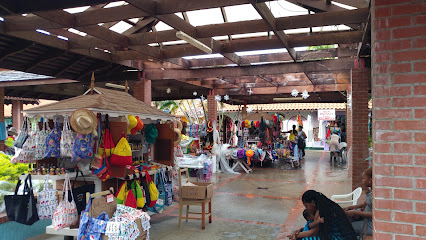
Island Chef
Experience authentic Caribbean cuisine at Island Chef in Palmiste, St. Lucia, where every bite celebrates the island's rich culinary heritage.
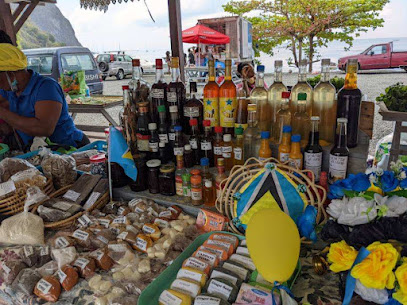
Plas Kassav Inc
Experience the authentic flavors of St. Lucia at Plas Kassav Inc, where delicious pastries and friendly service await.
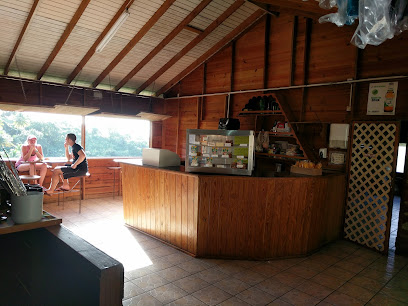
Treetop Restaurant and Bar
Experience the magic of dining in the treetops at Treetop Restaurant and Bar, where exquisite cuisine meets breathtaking views in St. Lucia.

Anse Mamin Beach
Anse Mamin Beach: A secluded paradise in St. Lucia, perfect for relaxation, water sports, and local culinary delights.
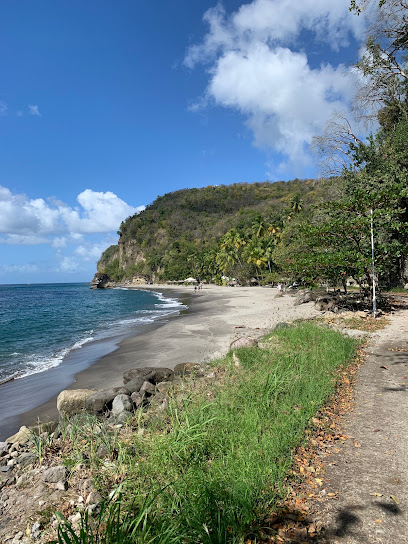
Anse Chastanet Beach
Discover the serene beauty and vibrant marine life at Anse Chastanet Beach, a tropical paradise in St. Lucia, perfect for relaxation and adventure.

Howelton Estate 1896
Explore the cultural heritage and artisanal craftsmanship at Howelton Estate 1896, a gem in St. Lucia's lush hills.
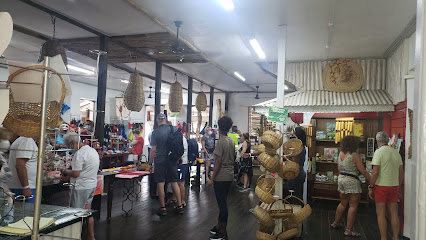
Marc's Taxi Service and Tours
Explore St. Lucia's stunning beauty with Marc's Taxi Service and Tours, your go-to for personalized transportation and unforgettable island experiences.

Cosmos St Lucia
Discover the ultimate blend of luxury, comfort, and breathtaking views at Cosmos St Lucia, your perfect getaway in the Caribbean.
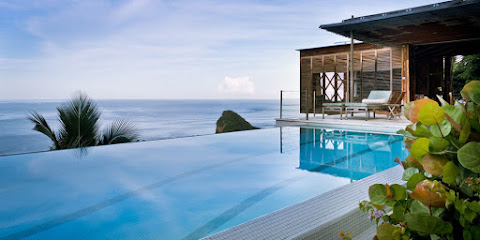
Essential bars & hidden hideouts
Horizon Cocktails View Point Bar & Grill
Experience breathtaking views and delicious grilled cuisine at Horizon Cocktails View Point Bar & Grill in St. Lucia.
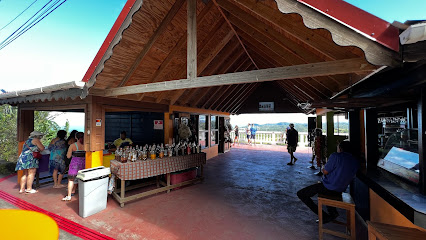
Cool Joint
Experience the vibrant culinary scene of St. Lucia at Cool Joint, a top grill and bar in Victoria Choiseul, offering delicious food and lively ambiance.
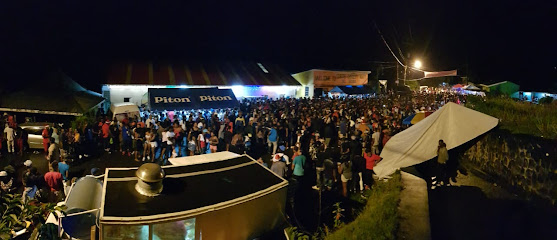
Anse Chastanet Restaurant
Experience the flavors of St. Lucia at Anse Chastanet Restaurant, where culinary delights meet breathtaking ocean views.
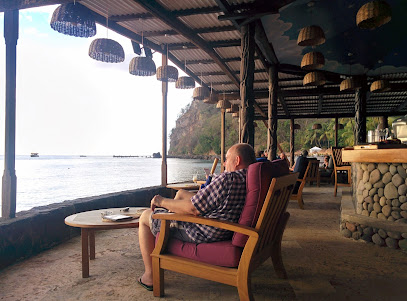
Bliss Nightlife
Discover the vibrant atmosphere and delicious grilled cuisine at Bliss Nightlife, the ultimate bar and grill experience in Canaries, St. Lucia.
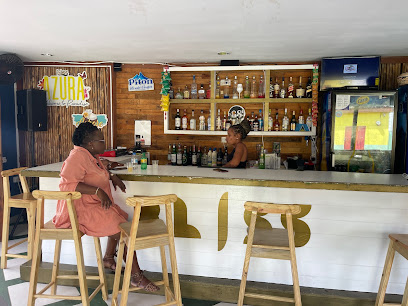
Cheaperz Bar
Experience the vibrant atmosphere of Cheaperz Bar in Soufriere, where local drinks and friendly faces create unforgettable memories in St. Lucia.

Acquinas's Bar
Experience the tropical charm and refreshing cocktails at Acquinas's Bar in the heart of Malgretoute, St. Lucia.
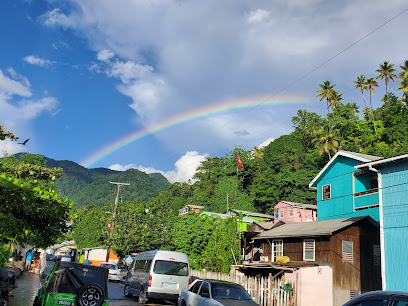
Genesis Entertainment Bar And Grill
Discover lively nightlife and local flavors at Genesis Entertainment Bar And Grill in Soufriere, the heart of St. Lucia's vibrant entertainment scene.
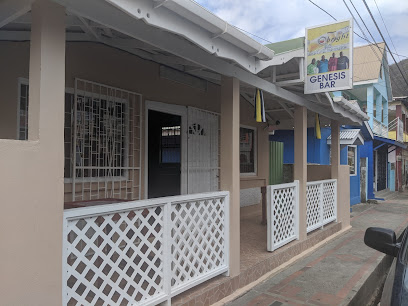
Cane Bar
Experience the vibrant culture of St. Lucia at Cane Bar, where expertly crafted cocktails meet stunning tropical views.

Alison' Bar
Discover the vibrant atmosphere of Alison's Bar in Belvedere, St. Lucia, where tropical drinks and local culture come together for an unforgettable experience.

Harmony's Bar
Discover the lively atmosphere and refreshing cocktails at Harmony's Bar, a vibrant hotspot in Soufriere, St. Lucia.
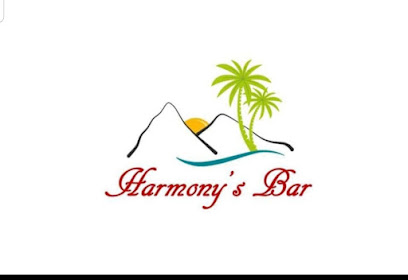
Jwen Se Moun La - Beach Bar
Discover the vibrant atmosphere and breathtaking views at Jwen Se Moun La, St. Lucia's premier beach bar, perfect for relaxation and cultural immersion.

Seaview Disco
Experience the vibrant nightlife of Soufriere at Seaview Disco, where stunning views and delicious cocktails await.
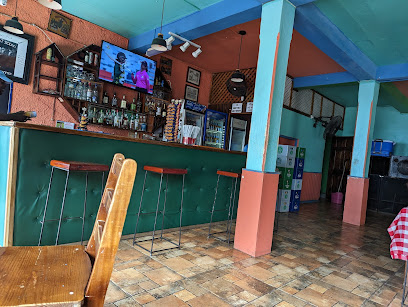
M.A. Mitchell Steve Bar
Discover the heart of St. Lucia's nightlife at M.A. Mitchell Steve Bar, where vibrant drinks and local culture come together in a lively atmosphere.

Back Lane Bar
Experience the vibrant local culture at Back Lane Bar in Canaries, St. Lucia, where every sip tells a story.
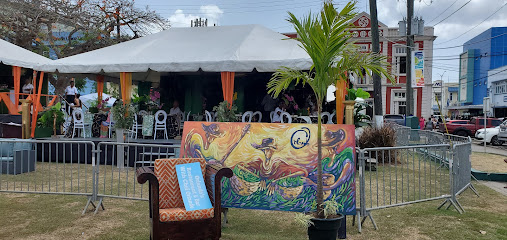
Reeno's Bar
Experience the vibrant nightlife at Reeno's Bar in St. Lucia, where refreshing drinks and a friendly atmosphere await every visitor.

Local Phrases about Anse Chastanet
-
- HelloBonjou
[bon-joo] - GoodbyeOrevwa
[oh-rev-wah] - YesWi
[wee] - NoNon
[nohn] - Please/You're welcomeTanpri
[tahn-pree] - Thank youMèsi
[may-see] - Excuse me/SorryEskize mwen
[es-kee-zay mwen] - How are you?Kijan ou ye?
[kee-zhahn oo yeh] - Fine. And you?Byen. E ou menm?
[byehn. ay oo menm] - Do you speak English?Eske ou pale angle?
[es-keh oo pah-leh ahn-glay] - I don't understandMwen pa konprann
[mwen pah kohn-prahn]
- HelloBonjou
-
- I'd like to see the menu, pleaseMwen ta renmen wè meni an, tanpri
[mwen tah ren-mehn way may-nee ahn tahn-pree] - I don't eat meatMwen pa manje vyann
[mwen pah mahn-jay vee-ahn] - Cheers!Santé!
[san-tay] - I would like to pay, pleaseMwen ta renmen peye, tanpri
[mwen tah ren-mehn pay-yeh tahn-pree]
- I'd like to see the menu, pleaseMwen ta renmen wè meni an, tanpri
-
- Help!Sekou!
[seh-koo] - Go away!ale!
[ah-lay] - Call the Police!Rele Polis!
[reh-leh poh-lees] - Call a doctor!Rele yon doktè!
[reh-leh yohn dohk-teh] - I'm lostMwen pedi
[mwen peh-dee] - I'm illMwen malad
[mwen mah-lahd]
- Help!Sekou!
-
- I'd like to buy...Mwen ta renmen achte...
[mwen tah ren-mehn ahsh-tay] - I'm just lookingMwen jis ap gade
[mwen zhees ahp gah-day] - How much is it?Konbyen sa koute?
[kohn-byehn sah koo-tay] - That's too expensiveSa twò chè
[sah twah sheh] - Can you lower the price?Ou kapab redwi pri a?
[oo kah-pahb reh-dwee pree ah]
- I'd like to buy...Mwen ta renmen achte...
-
- What time is it?Ki lè li ye?
[kee lay lee yeh] - It's one o'clockLi senk
[lee sehnk] - Half past (10)Douzan (10)
[doo-zahn] - MorningMaten
[mah-tehn] - AfternoonApremidi
[ah-preh-mee-dee] - EveningAswè
[ah-sweh] - YesterdayYe
[yeh] - TodayJodi a
[zho-dee ah] - TomorrowDemen
[deh-mehn] - 1Yon
[yohn] - 2De
[day] - 3Twaz
[twahz] - 4Kat
[kaht] - 5Senk
[sehnk] - 6Sis
[sees] - 7Sèt
[set] - 8Wit
[weet] - 9Nèf
[nef] - 10Dis
[dees]
- What time is it?Ki lè li ye?
-
- Where's a/the...?Ki kote gen yon/la...?
[kee koht zhehn yohn/lah] - What's the address?Ki adrès la?
[kee ah-dreh lah] - Can you show me (on the map)?Ou kapab montre mwen (sou kat la)?
[oo kah-pahb mohn-treh mwen (soh kaht lah)] - When's the next (bus)?Ki lè pwochen (bis) la?
[kee lay pwosh-ehn (bees) lah] - A ticket (to ....)Yon tikèt (pou ....)
[yohn tee-kay (poo)]
- Where's a/the...?Ki kote gen yon/la...?
History of Anse Chastanet
-
Long before European colonization, the island of Saint Lucia was inhabited by the Arawak people, followed by the Caribs. These indigenous groups lived in harmony with the island's lush natural environment, fishing, farming, and crafting tools from the island's abundant resources. Their presence and cultural influence are still felt today, particularly in the local crafts and folklore that celebrate their legacy.
-
Saint Lucia's strategic location made it a highly contested territory between the French and British during the 17th and 18th centuries. Anse Chastanet and its surrounding areas were no strangers to these conflicts. The French first settled the island in 1650, naming it 'Sainte Lucie,' but the British and French continually battled for control, leading to the island changing hands 14 times. This turbulent history is reflected in the island's unique blend of French and British cultural influences.
-
In the 18th and 19th centuries, Saint Lucia's economy was largely driven by sugar plantations. Anse Chastanet was part of this economic landscape, with plantations dotting the area. Enslaved Africans were brought to work the fields under harsh conditions. Remnants of this era, such as old plantation houses and sugar mills, can still be found in the region, serving as poignant reminders of this dark chapter in the island's history.
-
By the mid-20th century, Saint Lucia began to pivot towards tourism as a primary economic driver. Anse Chastanet, with its stunning beaches and vibrant marine life, became a focal point for this burgeoning industry. The area developed into a premier destination for scuba diving, snorkeling, and eco-tourism, attracting visitors from around the globe. The rise of tourism brought about significant economic development and cultural exchange, shaping Anse Chastanet into the vibrant community it is today.
-
In recent decades, Anse Chastanet has become a leader in environmental conservation. The establishment of the Soufriere Marine Management Area (SMMA) in 1995 marked a significant milestone, aiming to protect the marine ecosystem and promote sustainable tourism. This reserve includes the waters around Anse Chastanet, ensuring that its coral reefs and marine life remain pristine for future generations. Conservation efforts have fostered a deeper appreciation for the natural beauty of the area and reinforced the importance of sustainable travel practices.
Anse Chastanet Essentials
-
Anse Chastanet is located on the southwestern coast of Saint Lucia, near the town of Soufrière. The nearest international airport is Hewanorra International Airport (UVF) in Vieux Fort, approximately 45 kilometers away. From the airport, you can arrange for a taxi or a shuttle service to take you directly to Anse Chastanet. The journey typically takes around 1.5 hours by road. Alternatively, you can fly into George F. L. Charles Airport (SLU) in Castries, which is about 50 kilometers away. From Castries, you can also take a taxi or a shuttle service to Anse Chastanet.
-
Once at Anse Chastanet, getting around is relatively easy. The resort offers shuttle services to key locations within the property. For trips to nearby attractions or towns like Soufrière, local taxis are readily available, though it's advisable to agree on a fare before starting your journey. Renting a car is another option if you wish to explore the island more independently, but be aware that driving is on the left side of the road. Additionally, water taxis are available for excursions along the coast.
-
The official currency of Saint Lucia is the Eastern Caribbean Dollar (XCD), but US Dollars are widely accepted. Most hotels, restaurants, and shops in Anse Chastanet accept major credit cards, including Visa and MasterCard. However, it's always a good idea to carry some cash for smaller establishments or local markets. ATMs are available in Soufrière, but they may not be as prevalent in more remote areas, so plan accordingly.
-
Anse Chastanet is generally a safe destination, but like any other tourist area, it's important to take standard precautions. Avoid walking alone at night, particularly in secluded areas. Keep your belongings secure and be cautious in crowded places. While crime rates targeting tourists are low, it's advisable to stay vigilant. The town of Soufrière is generally safe, but it's always wise to stay in well-populated and well-lit areas.
-
In case of an emergency, dial 911 for immediate assistance. The nearest medical facilities are in the town of Soufrière, where you can find a hospital and several clinics. It's highly recommended to have travel insurance that covers medical emergencies. For minor health issues, there are pharmacies in Soufrière where you can purchase over-the-counter medications.
-
Fashion: Do dress comfortably and appropriately for the tropical climate. Swimwear is acceptable at the beach but should not be worn in town. Religion: Do show respect when visiting religious sites. Dress modestly and remove hats when entering churches. Public Transport: Do be courteous and respectful when using local taxis or buses. Agree on fares beforehand. Greetings: Do greet locals with a friendly 'Hello' or 'Good day.' A handshake is also common. Eating & Drinking: Do try local dishes and fresh seafood. Don't refuse food or drink offerings, as it may be considered impolite.
-
To experience Anse Chastanet like a local, visit the Soufrière market on Saturdays to buy fresh produce and handmade crafts. Engage with the local fishermen who often sell their catch of the day on the beach. Don't miss the opportunity to hike the Gros Piton or visit the Sulphur Springs, the world's only drive-in volcano. For a unique dining experience, try the local Creole cuisine at small, family-run eateries in Soufrière.
Trending Landmarks in Anse Chastanet
-
Sandals Grande St. Lucian
-
Sandals Regency La Toc
-
Pointe Seraphine Cruise Port
-
Soufrière Drive In Volcano
-
Sugar Beach, a Viceroy Resort
-
Sandals Halcyon Beach
-
Diamond Falls Botanical Gardens & Mineral Baths
-
Morne Coubaril Historical Adventure Park
-
Fond Doux Eco Resort
-
Piton Falls
-
Gros Piton Nature Trail
-
Rudy John Beach Park
-
Project Chocolat
-
Fort Rodney
-
Reduit Beach
Nearby Cities to Anse Chastanet
-
Things To Do in Malgretoute
-
Things To Do in Canaries
-
Things To Do in Anse la Raye
-
Things To Do in Choiseul
-
Things To Do in Marigot Bay
-
Things To Do in Laborie
-
Things To Do in Castries
-
Things To Do in Praslin
-
Things To Do in Micoud
-
Things To Do in Vieux Fort
-
Things To Do in Dauphin
-
Things To Do in Rodney Bay
-
Things To Do in Gros Islet
-
Things To Do in Georgetown
-
Things To Do in Chateaubelair








